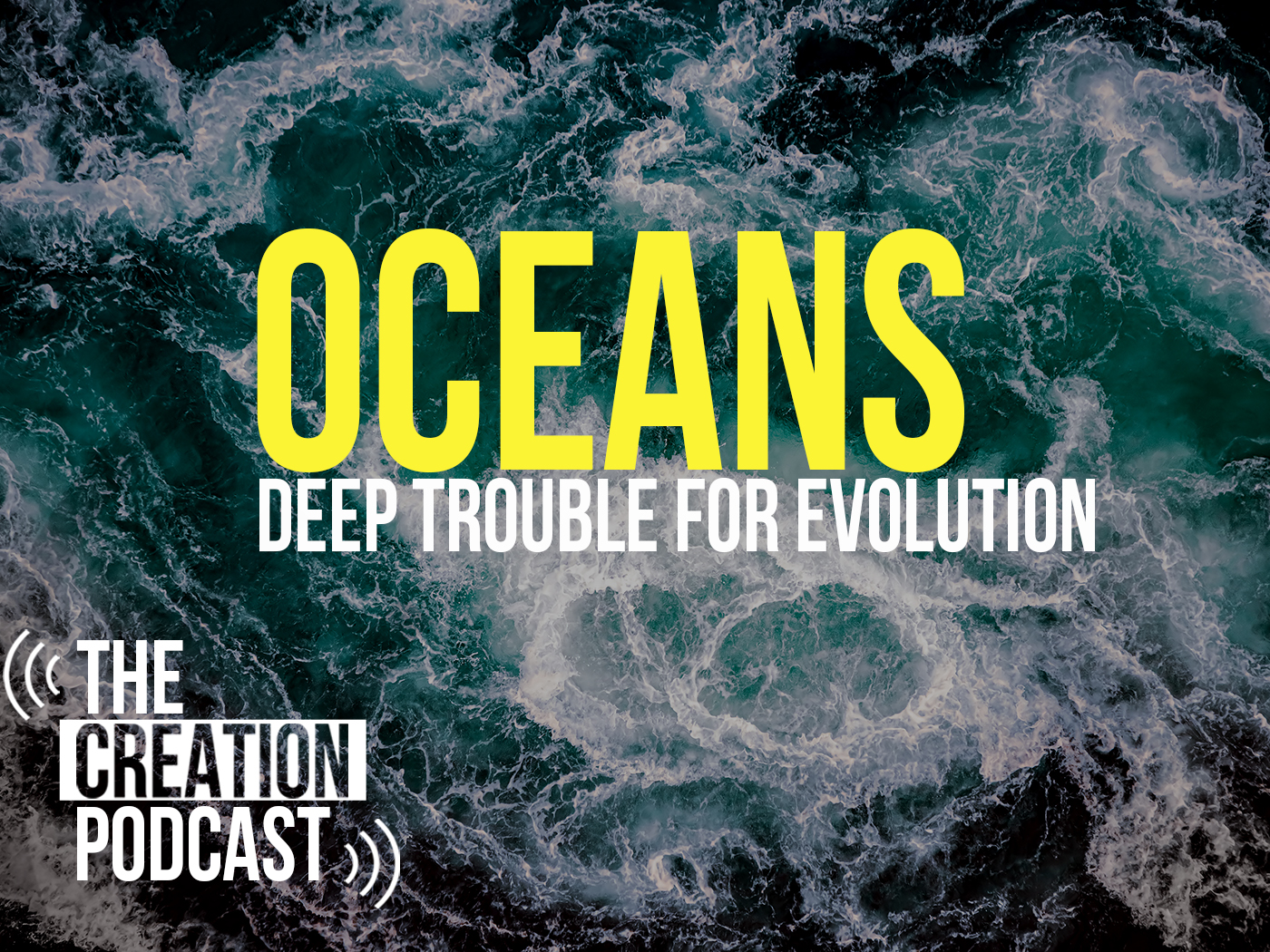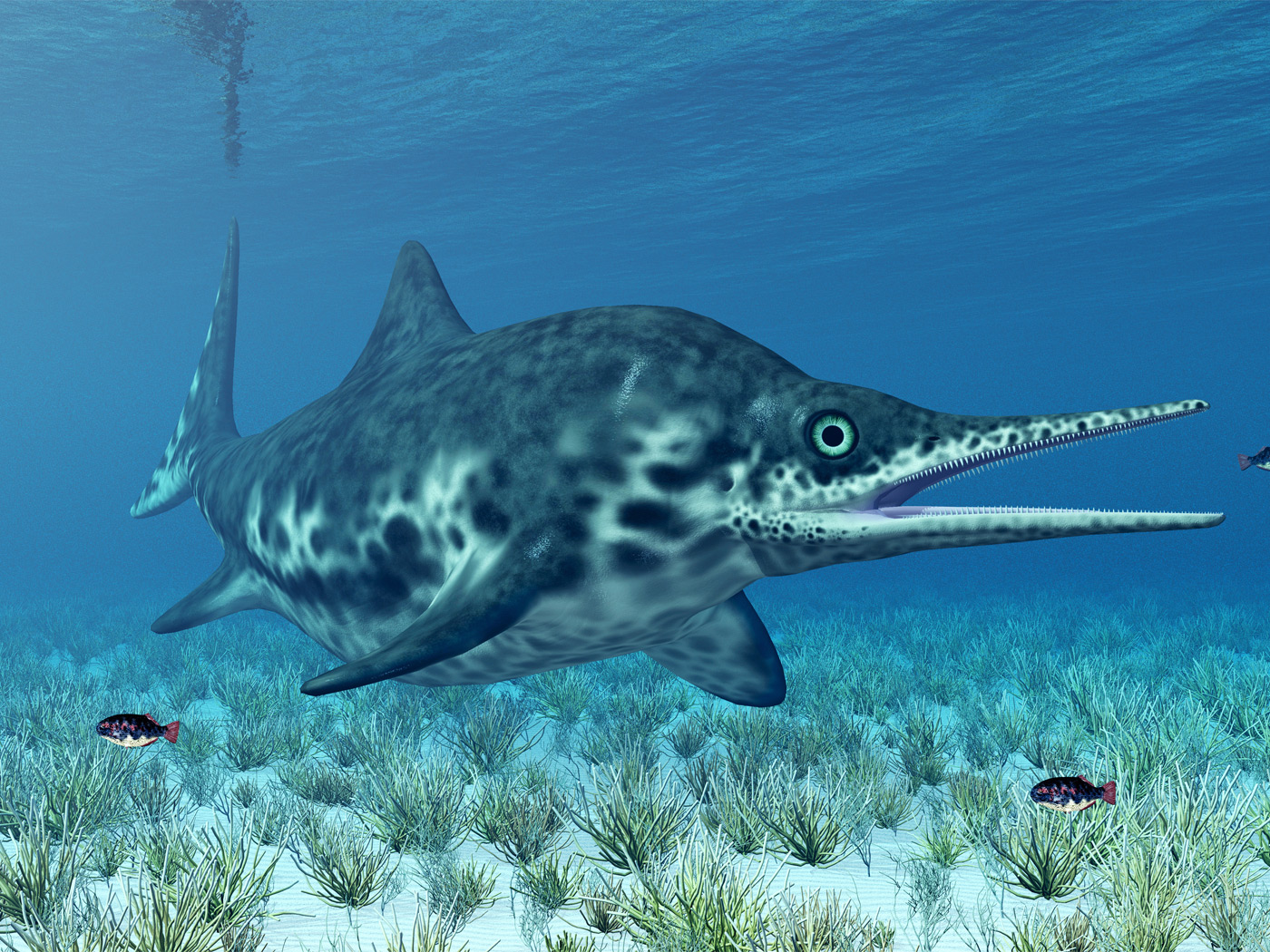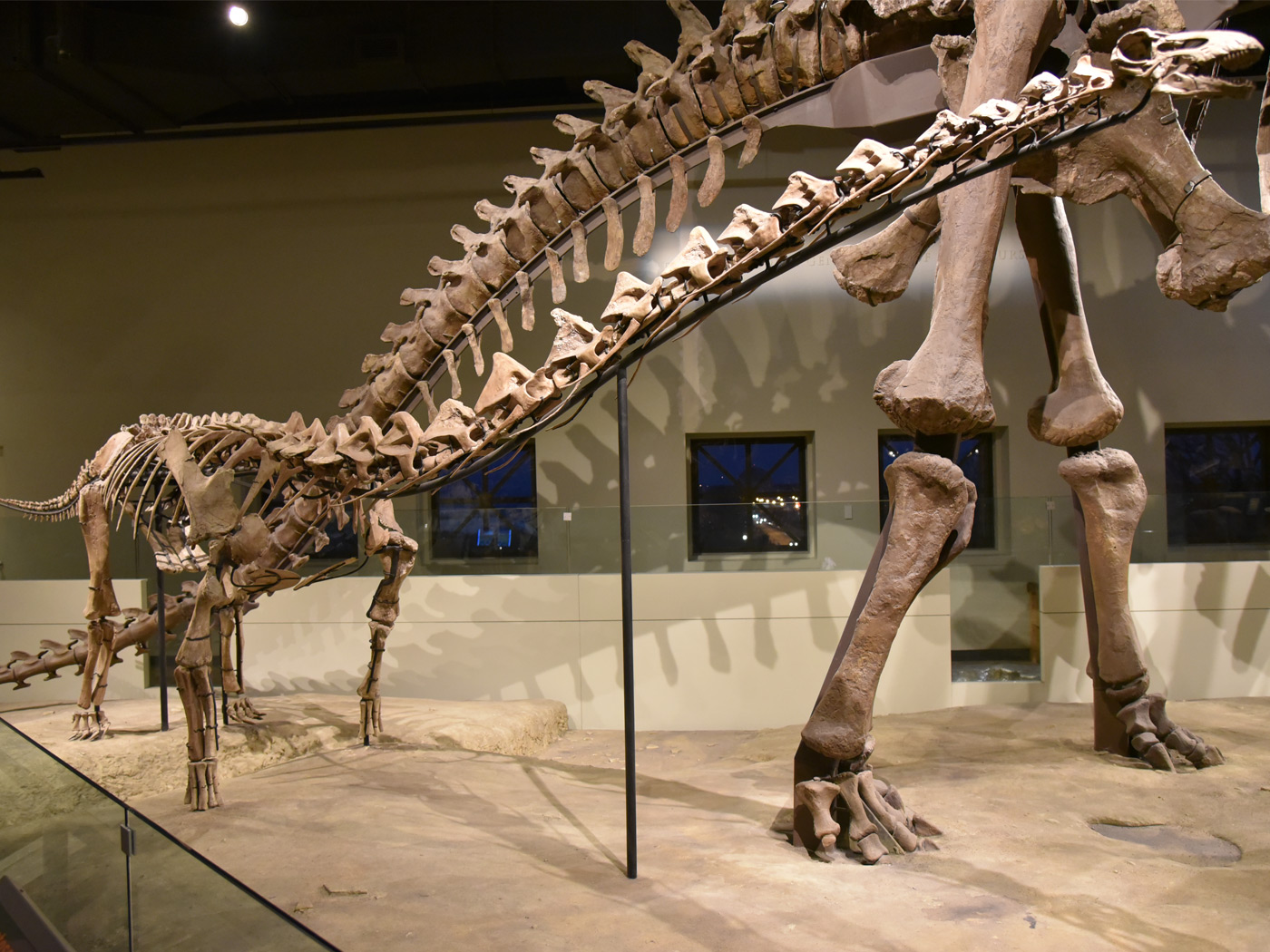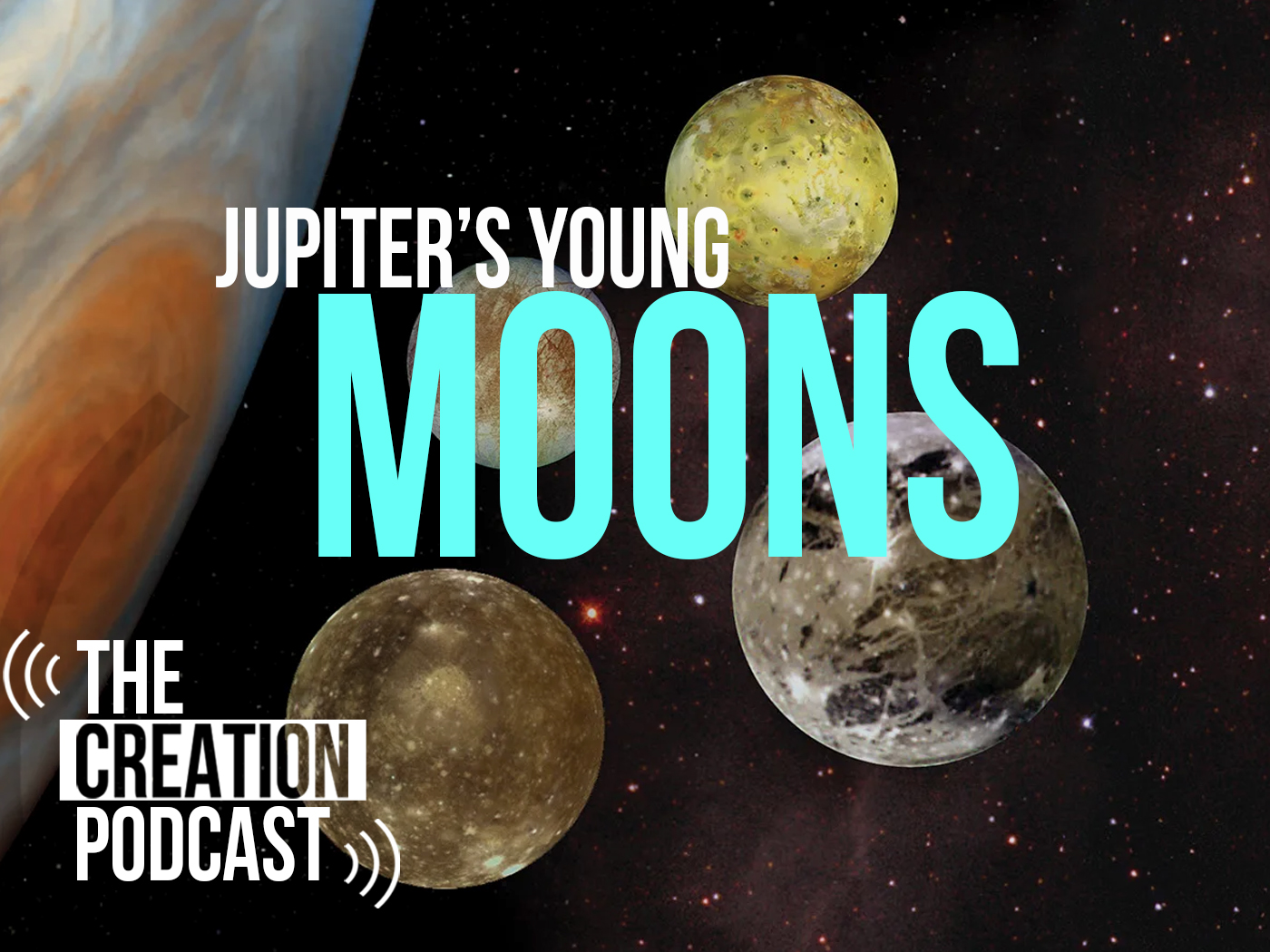How did Neanderthals go extinct? Four researchers from the Netherlands recently published the results of their computer-modeled human populations in the journal PLOS ONE.1 The findings show that small Neanderthal population sizes would have caused them to become extinct in just 10,000 years. How did Neanderthals survive the 400,000 years they were supposedly on Earth?
Neanderthals were real people. Hundreds of recovered bones show big brow ridges, sloping foreheads, and thick upper arms. They buried their dead, made music, jewelry, used makeup, and built tools for hunting and even surgery. They intermarried with other more modern-looking people. Their fully human DNA had variations that many people groups share today. Some of us still have Neanderthal body traits. Our shared DNA fits our shared traits.
Faced with all this evidence, secularists find it almost impossible to stick with the old story that modern men evolved from Neanderthals. Instead, Neanderthals went extinct while other people groups multiplied (similar to the extinction of cave bears amid the fruitfulness of black, brown, grizzly, polar, and other bear varieties). Modern humans and Neanderthals lived side by side, at least in time. But as a distinct people group, Neanderthals went extinct and nobody knows exactly why.
Whoever wishes to address this problem should admit that science cannot directly solve it without a time machine. Forensic science can only evaluate possibilities. One long-held idea holds that ancient non-Neanderthals warred against them and drove them to extinction. Others suggest cold climates did them in.2 If so, then why did their neighbors survive? Perhaps Neanderthals suffered too much disease.3 With no data to back them, these ideas remain possible but unprovable.
This new report suggests that no wars were needed to exterminate Neanderthals. If they lived in relatively small and happy populations, they would still have gone extinct all by themselves. The Dutch team modeled the effect of three factors on digital population sizes of 50, 100, 250, and 1,000 individuals. Inbreeding concentrates recessive traits and accelerates genetic decline.
Allee effects (a decline in individual fitness at a low population size that can result in population thresholds that can lead to extinction) describe how population sizes influence reproduction. For example, females in a small population may have a hard time finding a mate. They would reproduce less often, leading eventually to catastrophic population decline. Finally, chance-based mishaps like fires, floods, and droughts can ruin small populations in a hurry—contributing to Allee effects. The team’s results showed that just one of these three factors was enough to cause extinction.
The study authors wrote, “In sum, Allee effects probably were a key, and perhaps even a sufficient, factor in the demise of Neanderthals.”1
Allee effects were just one factor, yet enough to doom Neanderthals in 10,000 years. This led the study authors to ask, “If Neanderthals lived in small populations since ~400 kya [400,000 years ago], why did it take so long for them to become extinct?”1 The weaknesses in the answers they gave suggest that questioning the 400k year-old premise should instead occupy their minds.
Their answers boiled down to hand-waving just-so stories. For example, they wrote, “There is nothing unusual about the persistently small size of Neanderthal populations. Hominin populations likely were small throughout the Pleistocene.”1 Should this ease reader discomfort over the mismatch between their modeled Neanderthals and ancient Neanderthal age assignments? Not at all, because the argument is circular. It says that we expect 400,000 year-old Neanderthals because other small populations lasted for that long, too. What scientist was there to record how long any of those populations lived?
The study authors’ circular argument also has nothing to do with their finding of extinction via Allee effects in only 10,000 years. They should instead show why Allee effects alone wouldn’t also have brought so-called hominids to extinction in 10,000 years or less.
Vast ages rest upon a presumed evolutionary past, not observational science. An objective scientist might also ask why the earth has only a few thousand years’ worth of Neanderthal and early human fossil remains instead of hundreds of thousands.4
What other explanation do they offer to explain how Neanderthal populations somehow avoided Allee effects for 400,000 years? They wrote, “Environmental conditions, for instance, might be favorable and alleviate the stress induced by demographic stochasticity [random calamities].”1 What are the odds that world offered no lethal droughts, volcanic explosions, landslides, or diseases for 400,000 supposed years? The key word in this explanation is might. Thinking along these lines, a duck might fly across the Pacific Ocean and back. But probably not.
Especially not when faced with so many obstacles. The PLOS ONE study lists an array of obstacles to small-population survival. Its authors wrote, “So even…when Allee effects are relatively small, random events might lead to extinction.”1 The longer the age assignment, the greater the odds of extinction from random events. The study authors wrote, “But in the very long run, such an unfavorable scenario eventually will take place.”1 400,000 years ought to count as a very long run indeed. Neanderthals would have gone extinct long before their allotted time.
In addition to random events and time working against those modeled Neanderthal populations, “the presence of modern humans in Eurasia would have accelerated a process that, at some point, was likely to have occurred anyway.”1 That is, the process of extinction. The study authors also name dramatic climate shifts, disease epidemics, and resource competition as possibly having worked against Neanderthal survival. Their 400,000-year story needs no more ways to kill off the population. It needs ways to sustain it. Where are these ways?
Eyewitness records from the Bible’s writers, not nature-only philosophy, supply a biblical timeline. It would place Neanderthal cave burials soon after Noah’s Flood only several thousand years ago. This brief stay on planet Earth fits the short time that Allee effects alone indicate for small populations. Adopting a shorter overall timeline removes the mismatch between so many population-dooming effects and 400,000 supposed years of somehow avoiding them all. It even explains why we find so few fossils of ancient peoples. Human fossils and population models both fit the Scripture.
References
1. Vaesen, K. et al. 2019. Inbreeding, Allee effects and stochasticity might be sufficient to account for Neanderthal extinction. PLOS ONE. 14 (11): e0225117.
2. Cold climates contributed to the extinction of the Neanderthals. Northumbria University News. Posted online on northumbria.ac.uk August 29, 2018, accessed December 2, 2019.
3. Than, K. Stanford scientists link Neanderthal extinction to human diseases. Stanford News Service. Posted online on Stanford.edu November 7, 2019, accessed December 3, 2019.
4. Thomas, B. 2015. Pre-Flood Human Fossils Revisited. Acts & Facts. 44 (11): 14-15.
Dr. Thomas is Research Associate at the Institute for Creation Research and earned his Ph.D. in paleobiochemistry from the University of Liverpool.

Neanderthal Extinction Dilemma
The Latest
Photosynthetic Proteins Power Plants
Some scientists think the photosynthetic process is all but figured out since the discovery of more details regarding the place, assembly, and function...
CREATION PODCAST
Uncovering the Secrets of Earth's Oceans | The Creation Podcast:...
The oceans cover most of our planet's surface. Uniformitarians claim the oceans are nearly 4 billion years old, but the evidence says otherwise.
Host...
A Giant Ichthyosaur: Largest Ever Marine Reptile?
Paleontologists have discovered portions of a giant ichthyosaur’s lower jawbone on Blue Anchor Beach at the southern entrance to the United Kingdom’s...
New Titanosaur Species Discovered in Uruguay and Argentina
The pre-Flood world had some truly massive dinosaurs, and the largest of them were in the group Sauropodomorpha.1 Within this group were...
May 2024 ICR Wallpaper
"Have I not commanded you? Be strong and of good courage; do not be afraid, nor be dismayed, for the LORD your God is with you wherever you...
Was a Key to Photosynthesis Evolution Discovered?
Northern Canadian lakes were the source of recently discovered unique photosynthetic bacteria of the phylum Chloroflexota. After years of culturing,...
CREATION PODCAST
Four Moons That Indicate a Young Universe | The Creation Podcast:...
Earth has one moon, but Jupiter has many! What can we learn from our celestial neighbor's satellites? Do they indicate youth?
Host...
Creation Kids: Seeds and Sprouts
by Renée Dusseau and Susan Windsor*
You're never too young to be a creation scientist and explore our Creator's world. Kids, discover...
APOLOGETICS
Christ’s Creativity in Canyon Critters
Grand Canyon animals display many marvelous traits and behaviors as they live life in that harsh habitat. These canyon creatures succeed thanks to the...





















